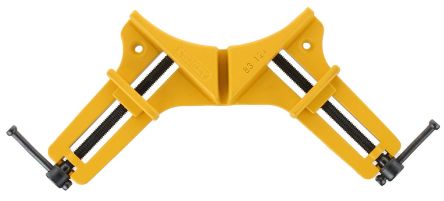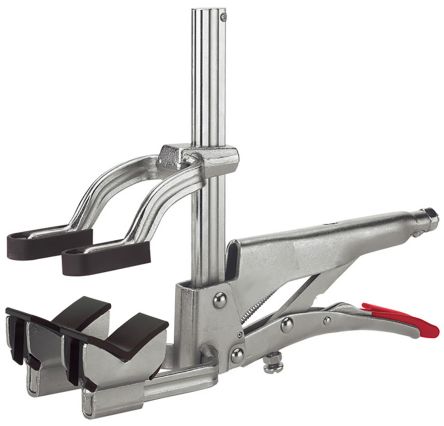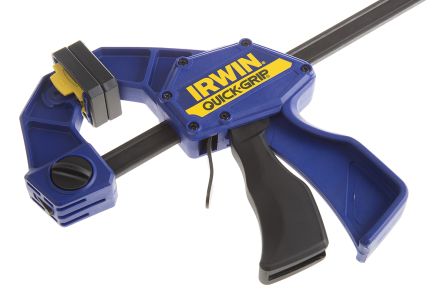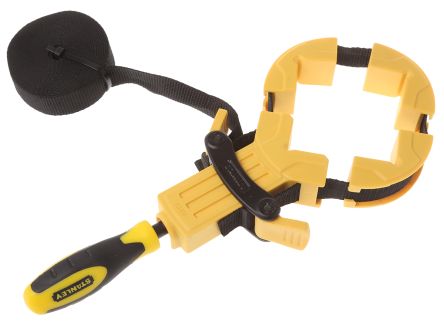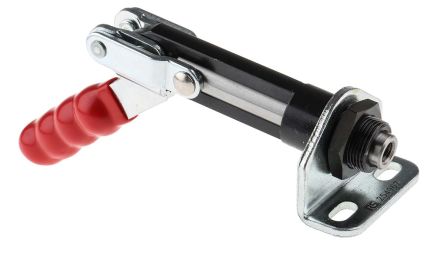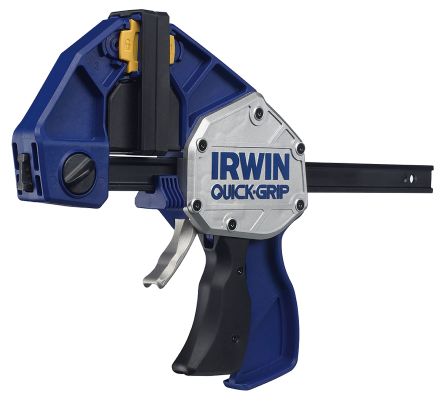
|
What are clamps?
Clamps are hand tools designed to bind or press two or more objects together to keep them firmly in place. This is useful when holding or glueing materials together, for example, wood, paper, plastic, or certain metals.
They generally feature a movable jaw affixed to an adjustable screw, while some designs have two screws. Most types are designed to be used temporarily, however, there are permanent models available. The below diagram shows some of the different parts:
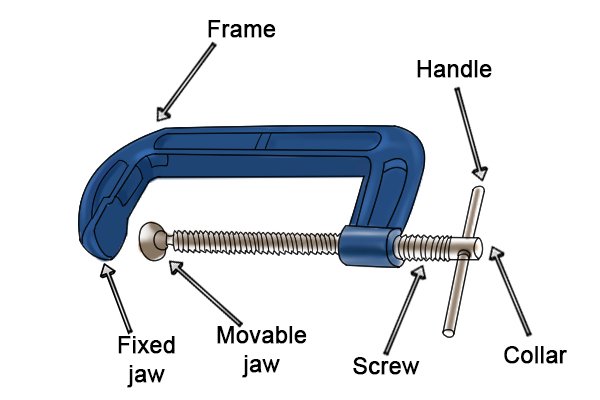
Different types and their uses
The table below outlines some of the most common types and which applications they’re best suited for.
 Shop for G/C clamps
Shop for G/C clamps |
G/C Clamps
|
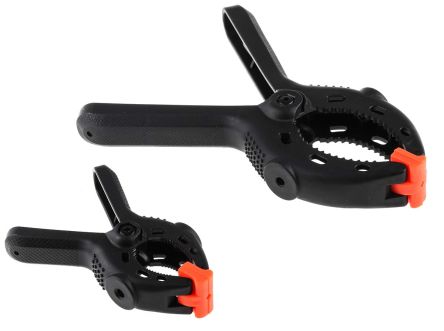 Shop for spring clamps
Shop for spring clamps |
Spring Clamps
|
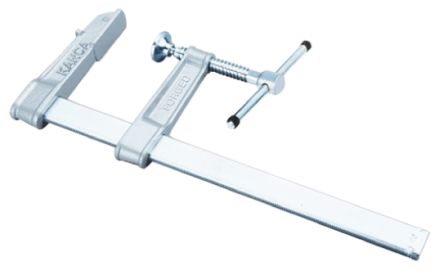 Shop for F clamps
Shop for F clamps |
F Clamps
|
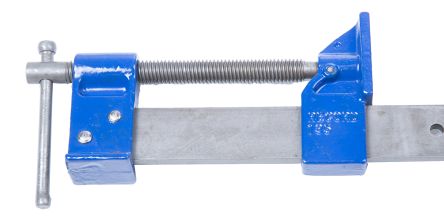 Shop for sash clamps
Shop for sash clamps |
Sash Clamps
|
 Shop for toggle clamps
Shop for toggle clamps |
Toggle Clamps
|
Right Angle/Corner Clamps
Pipe Clamps
Quick Action/Quick Release Clamps
Band Clamps
- This style enables faster and easier working on projects with 90-degree joints. This is because it holds the parts in place while the user can work on the object or workpiece.
- One of the tool’s arms features a steel pin which fits into a pocket hole, allowing for two objects/surfaces to be clamped together.
- These are very similar to the sash design, however, use a round shaft instead of a flat bar.
- This allows it to reach any opening capacity, provided the right sized pipe is available.
- These are also known as one-handed clamps. The lever is designed to allow the user to release an object in one quick movement.
- There are different styles available, such as lever, spring and trigger.
- These are also known as strap or web clamps and feature a strong nylon strap, instead of the more rigid metal grippers found in other types.
- This makes it ideal for gripping large or irregular-shaped objects.
How to use clamps
For safety reasons, it’s important to ensure the correct clamp is being used for the task. Here’s a step-by-step guide on how to use the tool:
Step 1
Use a piece of scrap wood between the mouth of the clamp and the object, to prevent damage or marking.
Step 2
Open the mouth using the screw/lever, until it can accommodate the object being worked on.
Step 3
Turn the screw or release the handle to close the mouth around the object to firmly hold it in place.
Step 4
Take care that fingers and skin aren’t pinched by the frame or screws.
Step 5
Don’t overtighten the clamp – if the fit is accurate, only moderate pressure is needed. The tool is designed to maintain a constant pressure between the two surfaces, and not to apply too much force.
What are clamps used for?
As there are many different types available, this tool is used across a wide variety of industries and applications, as well as among hobbyists.
Here are some of the most common uses:
Top Tips
BEFORE USE
AVOID
DONT
DONT
make sure the swivel at the end of the tool’s screw spins freely.
using wrenches, pipes, hammers, or pliers to tighten clamps.
use the tool if it has a bent frame or spindle.
use extra-large styles if you just need a larger throat, as deep-throat versions are available.
Popular clamp brands
As well as a wide selection of clamps, there’s also a range of accessories and alternative products to choose from, including clamp sets. Or browse the top brands:
